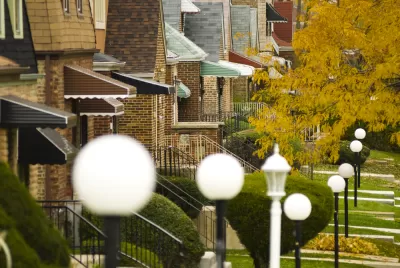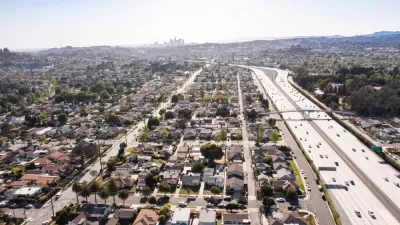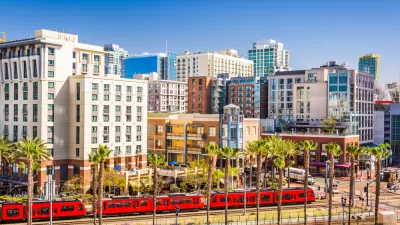Many suburban areas outside thriving urban cores are struggling to deliver vital services and maintain property values as job and population growth stagnates. It's time to confront the realities of those communities, according to this article.

"There’s been endless discussion on the impact of new residents in core cities, but we’re not talking enough about what’s happening in the suburbs and whether those peripheral areas are ready for the accelerating changes taking place there," writes Pete Saunders to begin a discussion about race and the suburbs. "Growing numbers of African-Americans, Latinos and Asians are finding new homes on the metro periphery -- contributing to the diversification of American suburbia but also to its difficult problems."
Saunders begins with south Cook County, in Illinois outside of Chicago, as an example of a diversifying suburban area that has experienced more of the "downsides of contemporary suburbia than the benefits":
Its residents were impacted heavily by manufacturing job loss, and the area was especially vulnerable to the run-up of subprime mortgages that helped cause the Great Recession. As a result, incomes and property values have stagnated. In 2017, the city of Chicago surpassed suburban south Cook overall in median household income for the first time since 1980. Median home values in south Cook remain about half as much as for the metro area.
As noted by Saunders, south Cook County is far from alone. Similar examples can be found in Maryland, Georgia, and Missouri, for instance. These communities will require a number of policy strategies to deal with the challenges of stagnant growth and property values.
FULL STORY: It's Time for Suburbs to Talk About Race

Maui's Vacation Rental Debate Turns Ugly
Verbal attacks, misinformation campaigns and fistfights plague a high-stakes debate to convert thousands of vacation rentals into long-term housing.

Planetizen Federal Action Tracker
A weekly monitor of how Trump’s orders and actions are impacting planners and planning in America.

San Francisco Suspends Traffic Calming Amidst Record Deaths
Citing “a challenging fiscal landscape,” the city will cease the program on the heels of 42 traffic deaths, including 24 pedestrians.

Defunct Pittsburgh Power Plant to Become Residential Tower
A decommissioned steam heat plant will be redeveloped into almost 100 affordable housing units.

Trump Prompts Restructuring of Transportation Research Board in “Unprecedented Overreach”
The TRB has eliminated more than half of its committees including those focused on climate, equity, and cities.

Amtrak Rolls Out New Orleans to Alabama “Mardi Gras” Train
The new service will operate morning and evening departures between Mobile and New Orleans.
Urban Design for Planners 1: Software Tools
This six-course series explores essential urban design concepts using open source software and equips planners with the tools they need to participate fully in the urban design process.
Planning for Universal Design
Learn the tools for implementing Universal Design in planning regulations.
Heyer Gruel & Associates PA
JM Goldson LLC
Custer County Colorado
City of Camden Redevelopment Agency
City of Astoria
Transportation Research & Education Center (TREC) at Portland State University
Jefferson Parish Government
Camden Redevelopment Agency
City of Claremont





























